Antoine Roex, Stalks
Explore how online interactions influence knowledge acquisition and open up new perspectives for informal learning, thanks to an in-depth analysis of social networks and their information exchange mechanisms.
The emergence of informal online learning
Social platforms have fostered the emergence of virtual communities where knowledge is exchanged spontaneously. Users gather around common interests, creating discussion groups and sharing spaces. Member-generated content contributes to a wide range of knowledge, from academic subjects to practical advice. Frequent interaction reinforces a sense of belonging and encourages active participation. Traditional barriers between learners and trainers tend to disappear, giving way to a more collaborative environment. Informal discussions often arise in the form of comments and threads, where ideas and points of view confront each other. Members thus adopt the role of both student and teacher, enriching the process of mutual discovery.
The key mechanisms of social interaction
Social networks rely on features that enable rapid reaction to publications, boosting engagement and motivation. Likes” and comments create an instant feedback system, encouraging the sharing of relevant resources. Recommendation algorithms regularly suggest content in line with identified interests, sparking a continuous cycle of new information discovery. Public conversations often give way to more private exchanges, where learning continues via instant messaging. Interpersonal relationships multiply, fostering lasting bonds that go beyond the strict confines of a simple digital network. Experiences circulate fluidly, enabling knowledge to be appropriated more quickly. Learning thus becomes a continuous process, integrated into the daily life of every user.
The role of technology in the learning dynamic
The diversity of digital tools stimulates creativity and curiosity, inviting users to explore different formats to acquire new skills. Live videoconferencing and discussion groups propel interaction towards richer, more nuanced exchanges. Dedicated applications help build communities of learners around specific themes, encouraging mentoring and cooperation. Live streaming capabilities also enable experts and enthusiasts to share their discoveries instantly, creating a constant flow of up-to-date information. The increased accessibility of mobile devices makes learning possible anywhere, anytime, breaking the constraints of space and time. In this context, the boundary between formal and informal becomes more porous, leaving each individual to trace a personalized path towards new knowledge.
Impact and future prospects
The informal learning dynamics stimulated by social networks are profoundly transforming traditional pedagogical approaches. The lessons learned from these exchanges are feeding into more participative educational strategies, encouraging the adaptation of programs to the real needs of learners. Academic and training professionals are drawing inspiration from these new models to design more flexible and interactive learning environments. The boundaries between school, university and informal expertise-sharing circles are becoming increasingly blurred, offering an enriched collaborative space open to all. Rapidly evolving technology offers the prospect of even greater innovations, such as augmented reality or artificial intelligence applied to knowledge transfer. Each individual can then forge a solid digital culture by actively participating in these learning communities, thus shaping a promising future for education.
Conclusion
Social networks are proving to be fertile ground for informal learning and the construction of a wide range of skills. User involvement, fostered by interaction and recommendation functionalities, is gradually transforming our relationship with knowledge transmission. This constantly evolving ecosystem offers unprecedented opportunities for learners and educational designers alike. In a hyper-connected world, social network analysis is no longer confined to social relations alone, but has become a key tool for better understanding the dynamics of knowledge. The future of learning therefore lies at the frontier between formal and informal, drawing on continuous interaction and the wealth of collectively-generated content.
References :



